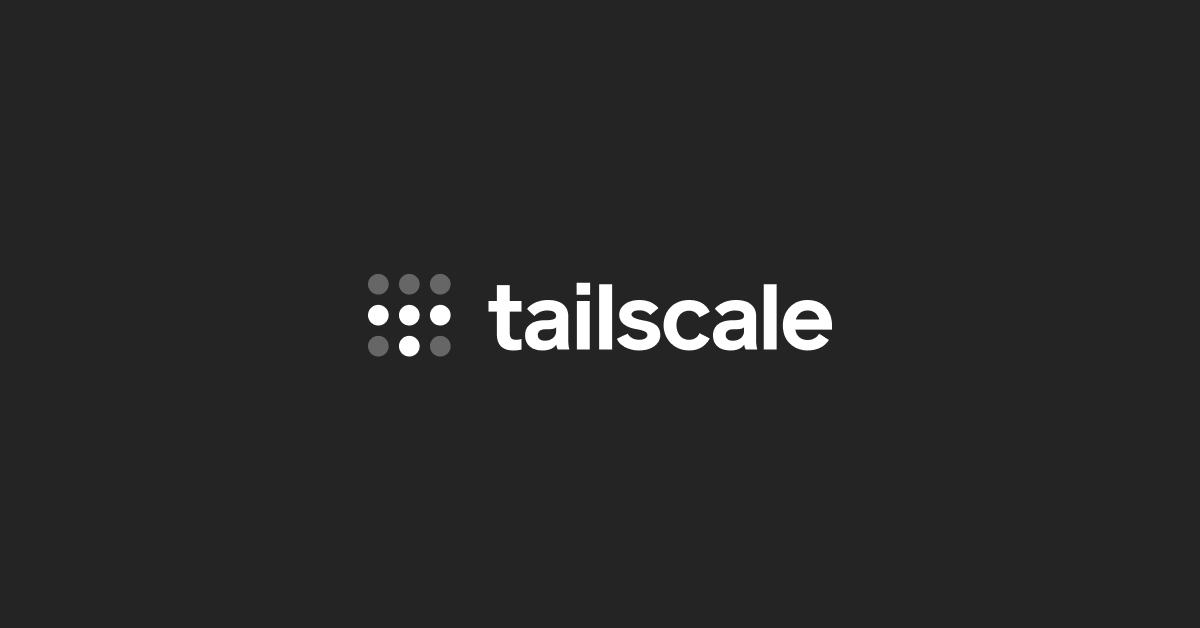giopas
Regular Contributor
Hi all,
I need your advice (yet again).
For the last 7 years, I have a 200Mb/s internet connection which also provides me with a public fixed IPv4 (an option which basically makes me paying for the double of the price).
For the overall same monthly price, the ISP is now offering me a 1GB/s with a private dynamic IPv4 and a public dynamic IPv6 (dual stack connection).
In the past, I never dared to move away from the public fixed IPv4, as I was scared to not being able to access to my NAS applications from remote (which I use for Plex, download manager, file/picture backup of my phone's, document management, reverse proxy and OpenVPN).
I am now thinking that I probably should revisit my position and see if actually there are ways to continue to access my local resources from outside my house.
Unfortunately, I have never played with IPv6 before, so I am not sure where to start and if there are important points I should be aware of before considering the move.
I see that no-ip for example gives the possibility to set a dynamic DNS for your dynamic public IPv6.
As I already have some private domains, which all points to my caddy reverse proxy within my network, would it be ok to simply do something like this?
Looking at the above, it seems too easy (as it looks pretty much like the old fashioned public dynamic IPv4 ddns service).
What am I missing?
What other factors I should consider before deciding to upgrade to 1Gb/s without risking to take down my whole system?
Would torrent still work?
What about OpenVPN server, how could it work in such scenario?
Thanks!
I need your advice (yet again).
For the last 7 years, I have a 200Mb/s internet connection which also provides me with a public fixed IPv4 (an option which basically makes me paying for the double of the price).
For the overall same monthly price, the ISP is now offering me a 1GB/s with a private dynamic IPv4 and a public dynamic IPv6 (dual stack connection).
In the past, I never dared to move away from the public fixed IPv4, as I was scared to not being able to access to my NAS applications from remote (which I use for Plex, download manager, file/picture backup of my phone's, document management, reverse proxy and OpenVPN).
I am now thinking that I probably should revisit my position and see if actually there are ways to continue to access my local resources from outside my house.
Unfortunately, I have never played with IPv6 before, so I am not sure where to start and if there are important points I should be aware of before considering the move.
I see that no-ip for example gives the possibility to set a dynamic DNS for your dynamic public IPv6.
As I already have some private domains, which all points to my caddy reverse proxy within my network, would it be ok to simply do something like this?
2001:0db8:85a3:0000:0000:8a2e:0370:7334 (example of my Dynamic Public IPv6)
--->
custom.noip.com (a dedicated subdomain purchased with no-ip.com, or similar service)
--->
plex.example.com (through a CNAME on DNS record of my own domain)
--->
home router listening requests on ports 80 and 443 and forward them to my reverse proxy if coming from one of the defined subdomains
--->
caddy reverse proxy, which redirects the request to my Plex server.
Looking at the above, it seems too easy (as it looks pretty much like the old fashioned public dynamic IPv4 ddns service).
What am I missing?
What other factors I should consider before deciding to upgrade to 1Gb/s without risking to take down my whole system?
Would torrent still work?
What about OpenVPN server, how could it work in such scenario?
Thanks!
Last edited:



